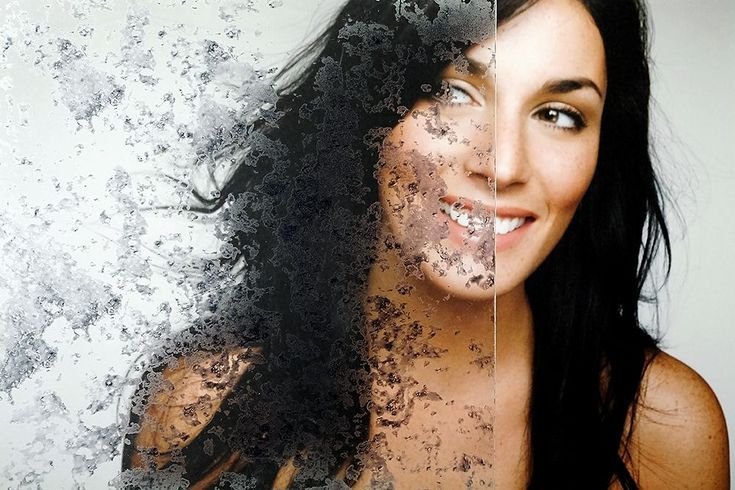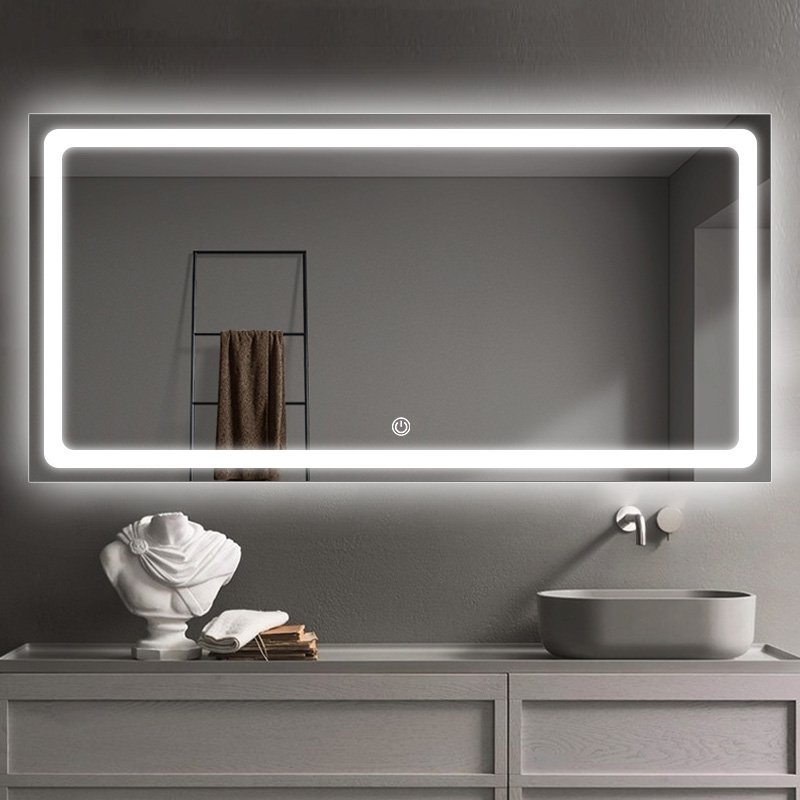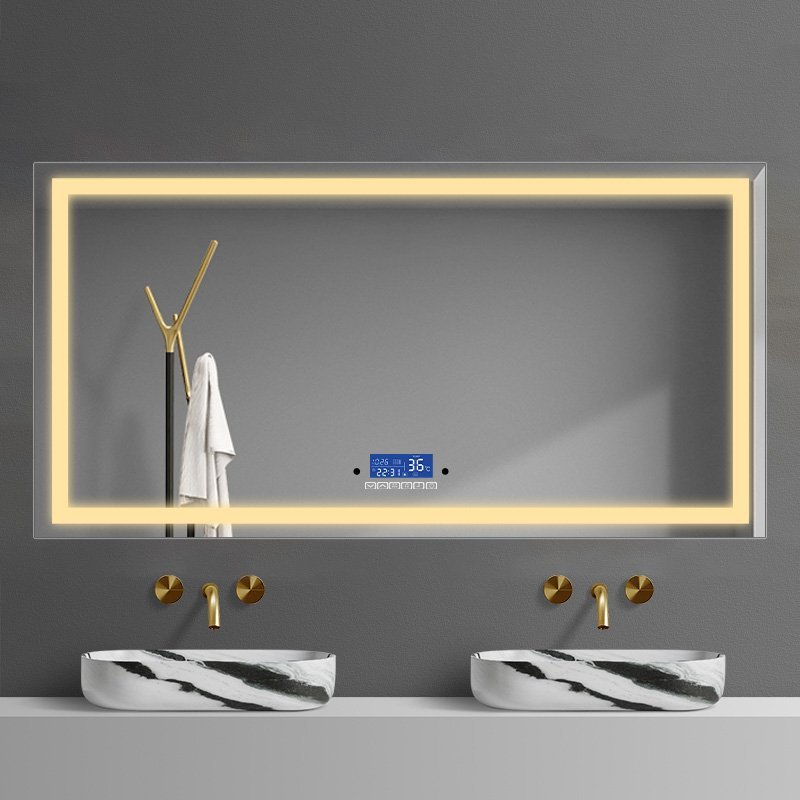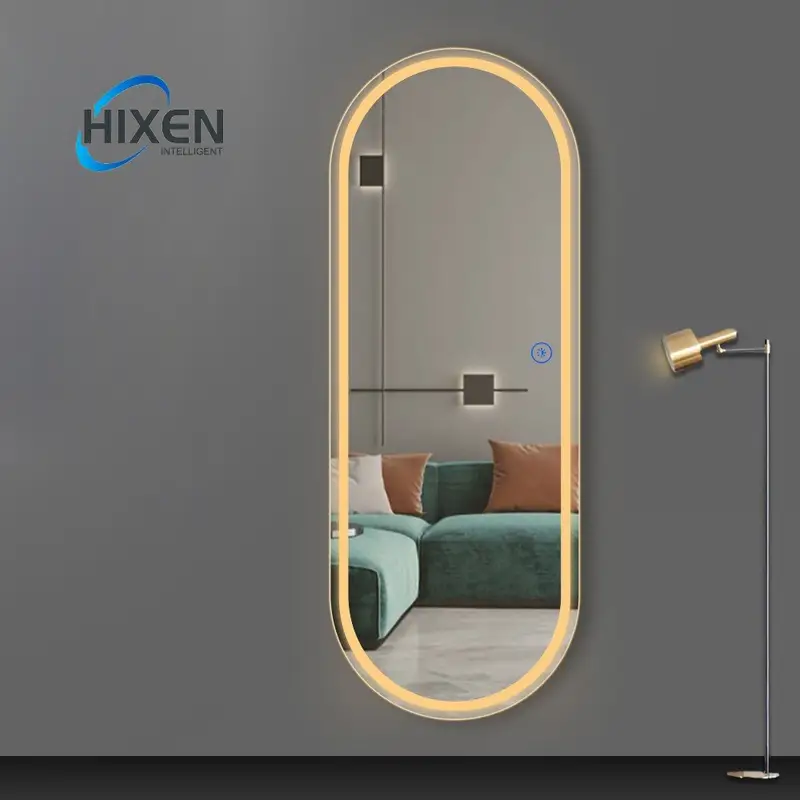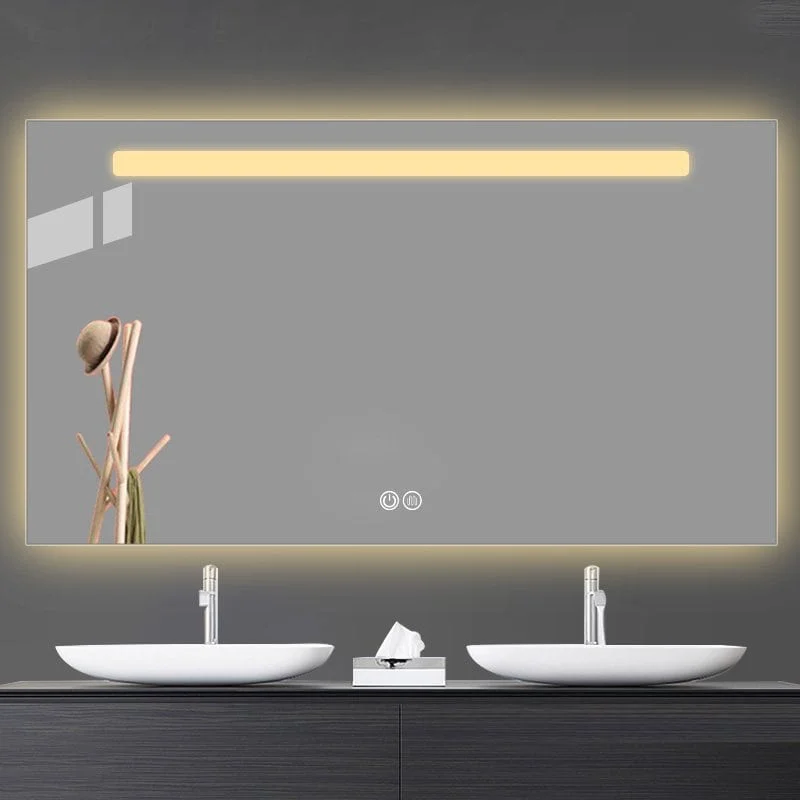|
Obtenir votre Trinity Audio joueur prêt ...
|
Have you noticed your bathroom mirror developing mysterious dark spots or losing its reflective properties? Desilvered Mirror is more than just an aesthetic concern – it’s a progressive issue that can ultimately render your mirror unusable and potentially create safety hazards in your bathroom space.
A desilvered mirror occurs when the reflective backing layer deteriorates, leading to dark spots, patches, and loss of reflectivity. This damage typically begins at the edges and progresses inward due to moisture exposure, chemical reactions, or environmental factors.
Let’s explore everything you need to know about mirror desilvering to protect your investment and maintain your mirror’s functionality.
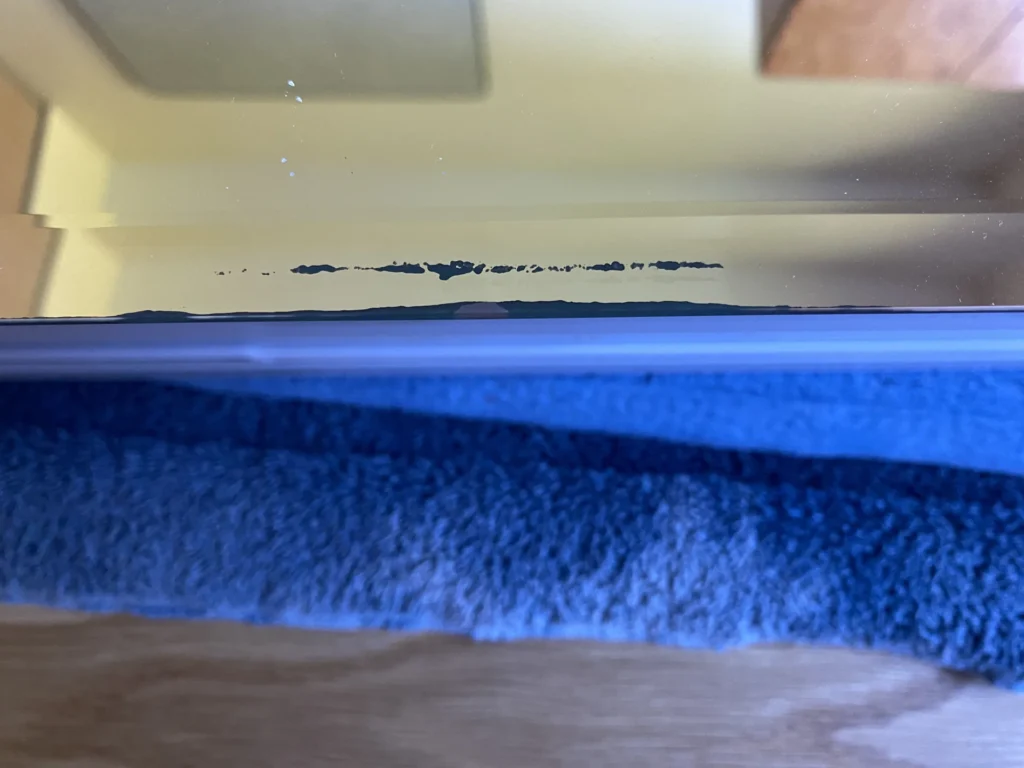
What Does Mirror Desilvering Look Like?
When your mirror starts to desilver, you’ll see some very distinct visual changes that get worse over time. The first things you’ll notice are small dark spots on the mirror surface, especially around the edges where the protective backing is most exposed.
These early signs of desilvering can be subtle – you might see a little cloudiness or tiny black specks that seem to float beneath the glass surface. As it gets worse, those spots usually grow into larger patches, giving the mirror a mottled look that significantly affects its reflectivity.
Watch the corners and edges of your mirror closely because they’re usually the first areas to go bad. You might see a cloudy or oxidized look, sometimes with a rainbow effect where the silvering has started to separate from the glass backing.
What Causes Mirror Desilvering?
It’s important to understand the causes of mirror desilvering because you need to know how to prevent it and what to do to cure it. The number one cause is moisture getting in, but there are several things that can speed up or contribute to the process.
The most common causes include:
- High humidity levels in bathrooms that create condensation on mirror surfaces
- Water seepage behind the mirror’s protective backing
- Chemical reactions between cleaning products and the mirror’s silvering
- Natural aging and oxidation of the reflective coating
- Poor initial manufacturing or installation techniques
- Extreme temperature fluctuations that cause expansion and contraction
Dans les salles de bains, this is a common problem because of the steam and moisture. When water vapor gets through the protective backing, it starts a chemical reaction with the silver layer, causing it to oxidize and separate from the glass.
How To Identify Early Signs of Desilvering?
Save yourself time and money by catching mirror desilvering early. Here are the warning signs:
The first sign is often a slight haziness or fogging that doesn’t clear with cleaning. You might also see small black specks or spots, especially near the edges, that seem to be under the glass rather than on top of it.
These symptoms get worse over time and spread from the edges toward the middle. If you notice anything different about the reflection in your mirror or see any unusual discoloration, investigate further to see if desilvering is the problem.
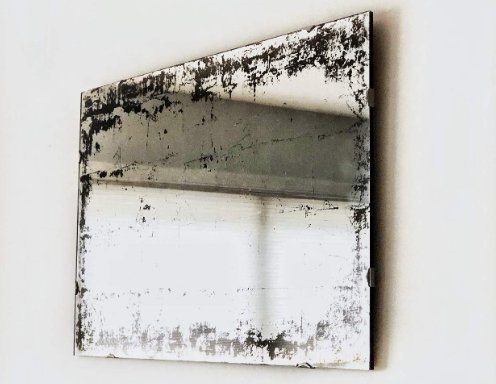
Can You Repair Mirror Silvering?
Repairing a desilvered mirror is possible, but it requires expertise and specific materials. There are professional restoration services that can sometimes save a mirror, but the success rate depends on how bad it is and how old the mirror is.
The repair process typically involves:
- Carefully removing the damaged backing
- Cleaning and preparing the glass surface
- Applying new silvering compounds
- Adding protective coating layers
If you have minor edge damage, you can use mirror edge repair tape as a temporary fix. Keep in mind this is a cosmetic fix and won’t restore the mirror’s reflective properties if it’s desilvered.
How Much Does Professional Resilvering Cost?
Professional mirror resilvering usually runs between $15 et $30 par pied carré, with minimum charges for small mirrors. Several factors affect the final price:
- Mirror size and thickness
- Extent of damage
- Local service availability
- Quality of materials used
- Additional services required (removal, reinstallation, etc.)
Before you spend the money to resilver a mirror, consider that it might cost more to resilver it than to replace it. This is especially true with today’s modern bathroom mirrors. Souvent, it’s cheaper to replace them than it is to restore them.

How To Prevent Mirror Desilvering?
As with anything, an ounce of prevention is worth a pound of cure when it comes to mirrors. Here’s how to protect your mirror:
Proper ventilation is essential, especially in a bathroom. Use exhaust fans and open windows to reduce humidity. You might even use a squeegee to remove water droplets from the mirror after a shower.
Be careful how you clean your mirror. Avoid harsh chemicals and excess moisture. Utiliser Soft, lint-free cloths and approved glass cleaners. Spray the cleaner on the cloth, not the mirror.
What Are Your Options When Desilvering Occurs?
| Option | Description | Best For | Caractéristiques |
|---|---|---|---|
| Professional Restoration | Involves repairing or restoring the mirror to its original condition. | Antique or historically significant mirrors | – Preserves original structure – May require expert services |
| DIY Repair | Quick fixes for minor edge damage using repair tape or coatings. | Minor damage, edge deterioration | – Cost-effective – Limited to small repairs |
| Replacement | Replacing the old mirror with a new one. | Modern mirrors, mirrors with significant damage | – Often more cost-effective – Ideal for bathroom mirrors |
| Modern LED Mirror | Upgrading to an LED mirror with advanced protection features. | Those seeking durability and modern features | – Moisture-resistant backing – Advanced protective coatings – Éclairage LED – Anti-fog features – Extended warranties |
How To Choose a Quality Mirror?
If you’re buying a new mirror, especially for a bathroom, here’s what to look for to avoid desilvering in the future:
Look for mirrors with copper-free backing. The copper-free backing is more resistant to moisture damage. Check the quality of the protective coating and make sure the edges are sealed properly.
Aujourd'hui, there are advanced manufacturing techniques that produce mirrors with much better humidity and temperature resistance. They may cost more upfront, but they’re often cheaper in the long run.

Conclusion
Understanding mirror desilvering empowers you to make informed decisions about mirror maintenance and replacement. While minor issues can sometimes be addressed with temporary fixes, significant desilvering usually warrants mirror replacement, especially in humid bathroom environments. Consider investing in quality mirrors with advanced protection features to prevent future issues and ensure lasting performance
- Quels sont les avantages du miroir LED?
- Quelle est la meilleure lumière pour le miroir de vanité?
- Pour apprendre à choisir le bon miroir de salle de bain, cliquez ici.
- Pour apprendre à installer un miroir, choisissez ici.
- Pour apprendre à choisir le miroir de bonne taille, cliquez ici.
- Pour apprendre comment les miroirs sont fabriqués ici.
- Cliquez ici et vous apprendrez pourquoi nous avons l'air mieux dans les miroirs.
- Cliquez ici, vous découvrirez le haut 10 fabricants de miroir LED pour 2024.

